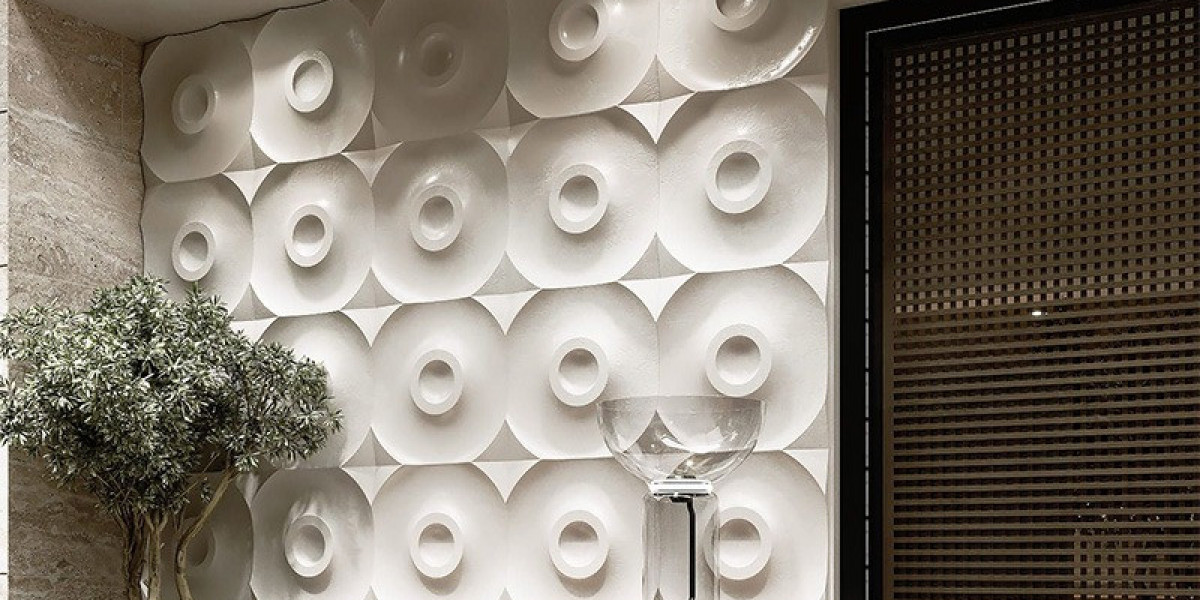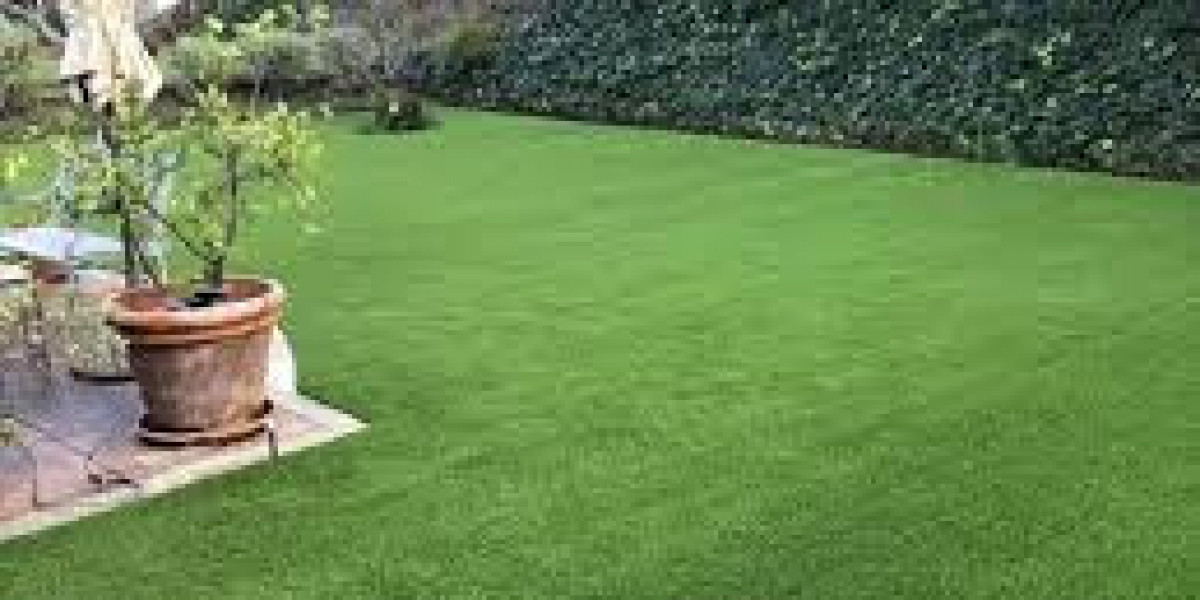Introduction
In the dynamic world of interior design, India is witnessing a renaissance—one that celebrates its rich cultural heritage while embracing modern sensibilities. Among the many elements blending tradition and trend Bone Inlay End Tables in India stand out as timeless pieces of art that add depth or detail and character to urban Indian interiors.
The Craft of Bone Inlay
Bone inlay is a centuries-old decorative technique that originated in the royal courts of Rajasthan. Artisans meticulously carve pieces of camel bone or ethically sourced buffalo bone and embed them into wood, creating intricate patterns—often floral, geometric, or arabesque. The gaps are then filled with colored resin, giving the piece its signature contrast and character.
This craftsmanship isn’t just a visual delight—it’s a labor of love. Each piece can take weeks to complete, with artisans passing down the skills through generations. Today, bone inlay furniture—especially end tables—is enjoying a resurgence in urban homes that crave uniqueness and soul.
A Perfect Fusion: Heritage in a Modern Home
Urban Indian homes are becoming increasingly experimental. While Scandinavian minimalism and industrial chic have found their place, there is a growing desire to incorporate elements that reflect personal identity and cultural pride. Bone inlay furniture provides that perfect balance.
End tables, though small in size, offer a powerful design impact. When adorned with bone inlay, they serve as eye-catching accents that exude luxury and heritage. Whether used in living rooms next to sofas or as nightstands in bedrooms, these tables command attention without overwhelming the space.
Why Bone Inlay End Tables Are Trending
1. Versatility in Design
From monochromatic black-and-white patterns to bold pops of turquoise, blue, and green, bone inlay end tables come in a variety of colors and styles. This versatility allows them to blend seamlessly into both contemporary and traditional settings. A white floral inlay table can brighten a neutral room, while a dark geometric piece can anchor a space with contrast.
2. Sustainable Luxury
Modern homeowners are increasingly conscious of sustainability. Bone inlay, when created using ethically sourced materials, aligns with this ethos. Many Indian artisans now ensure the materials are obtained without harm to animals, using byproducts from the meat industry and vegetable-based resins. Supporting this craft not only promotes sustainable living but also sustains artisan communities.
3. Statement Pieces in Compact Spaces
Urban homes often come with spatial constraints. Bone inlay end tables are ideal for compact spaces—they’re functional yet decorative. Placed beside a minimalist sofa or a modern accent chair, these tables create focal points that elevate the entire room.
4. Customizable and Unique
No two bone inlay pieces are ever the same. Artisans infuse their own style and flair into each creation, making every end table a one-of-a-kind work of art. Additionally, many studios now offer customization, allowing homeowners to choose patterns, colors, and sizes that fit their vision.
Styling Bone Inlay Tables in Urban Interiors
The key to successfully integrating bone inlay end tables in urban Indian interiors lies in balance. Here are a few styling ideas:
Eclectic Living Rooms: Pair a blue bone inlay end table with a mustard or rust-colored velvet armchair. Add brass or gold-toned lamps for a regal touch.
Minimalist Bedrooms: Use a black-and-white inlay table as a nightstand. Top it with a sleek reading lamp and a small indoor plant.
Bohemian Corners: Combine a floral-patterned inlay table with jute rugs, macramé wall hangings, and earthy tones to create a cozy nook.
Modern Traditional Mix: Offset sleek modern furniture with a bold inlay table to infuse warmth and heritage.
Challenges and Considerations
While bone inlay end tables are undoubtedly beautiful, buyers should be mindful of a few aspects:
Care and Maintenance: These tables are delicate. Avoid placing hot or wet items directly on the surface. Clean with a soft, dry cloth to prevent moisture damage.
Authenticity: Due to rising popularity, the market is flooded with imitations. It’s essential to buy from reputable sources that ensure genuine craftsmanship and ethical sourcing.
Cost: As handcrafted items, bone inlay tables tend to be more expensive than mass-produced furniture. However, the uniqueness and artistry justify the investment.
Supporting Indian Artisans
Incorporating bone inlay furniture into urban homes is not just a design decision—it’s a step toward preserving India’s rich artisanal traditions. By choosing authentic handmade pieces, homeowners support local craftsmen and keep age-old skills alive in a modern world.
Several brands and design studios are now bridging the gap between tradition and trend. Labels like House of Ekam, The Blue Knot, and Artisans Crest are collaborating with local artisans to bring these stunning pieces to urban markets, both in India and globally.
Conclusion
Bone inlay end tables are where art meets functionality. They bring a sense of heritage, individuality, and elegance to modern Indian homes. As urban homeowners continue to seek spaces that tell stories and reflect personal identity, bone inlay furniture—especially these compact, impactful tables—will remain an enduring favorite.
In a time where trends come and go, the allure of bone inlay lies in its permanence—its roots in history, its handmade charm, and its ability to transcend styles. Traditional truly meets trendy in the most artistic way possible.










